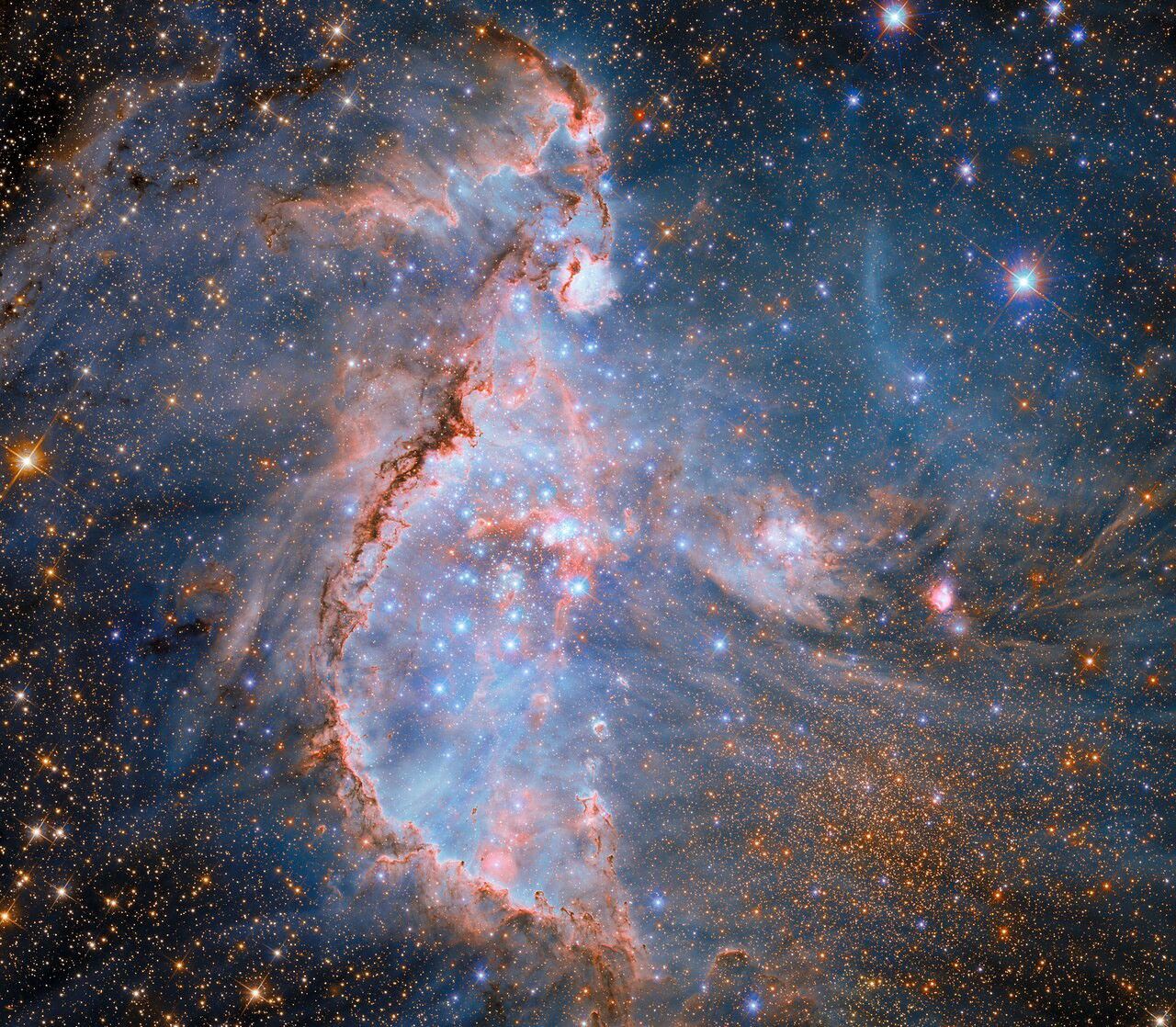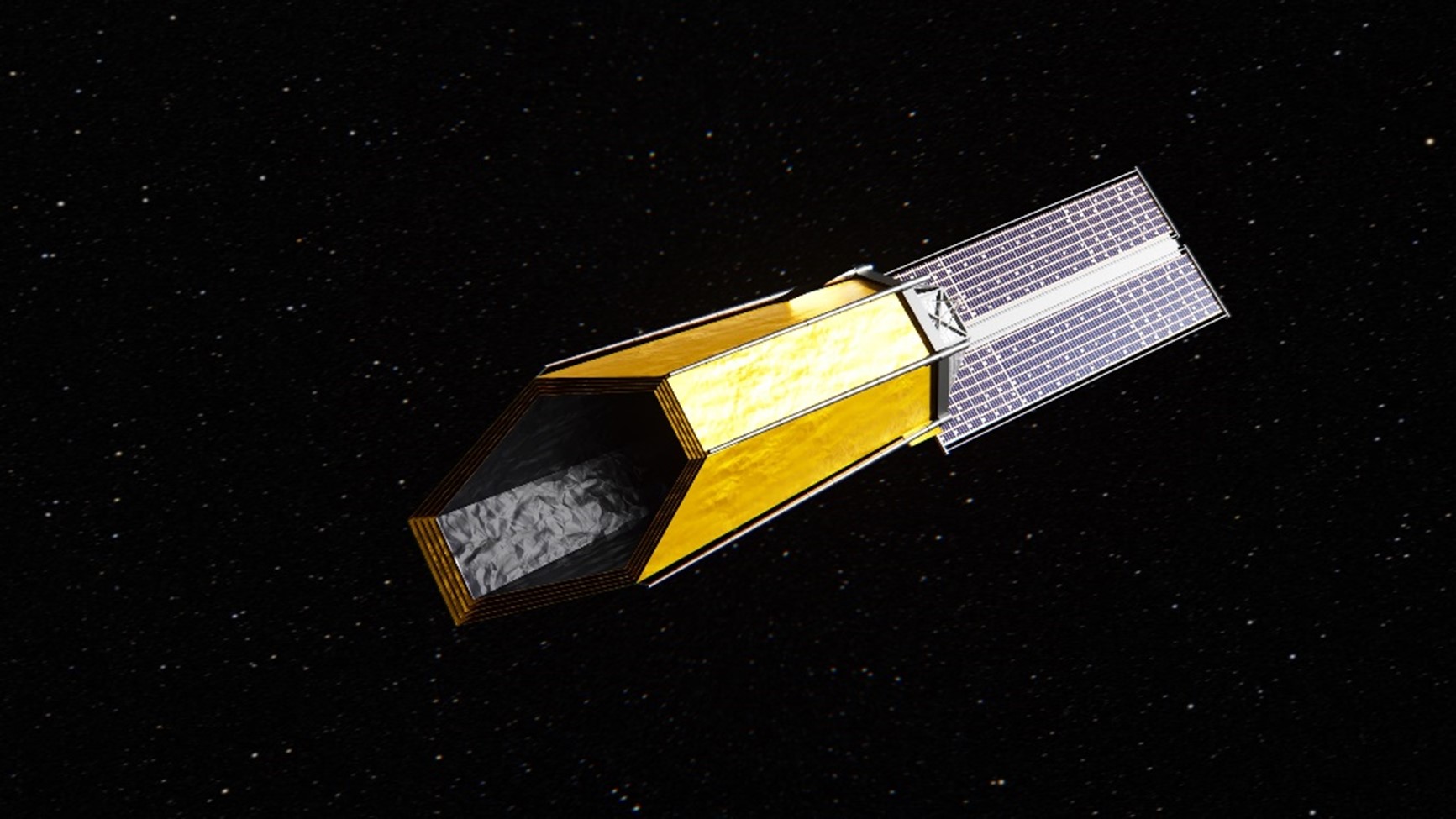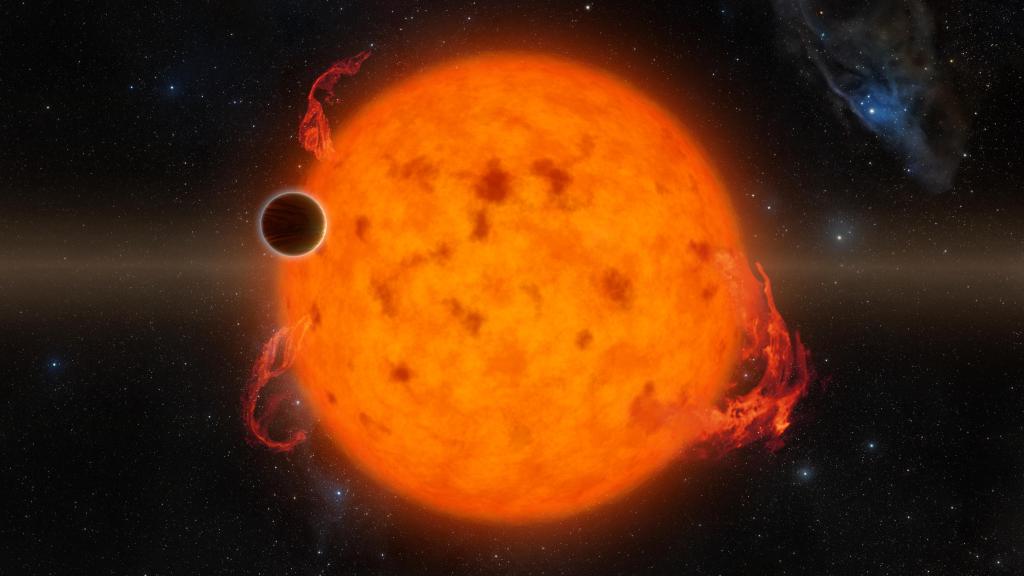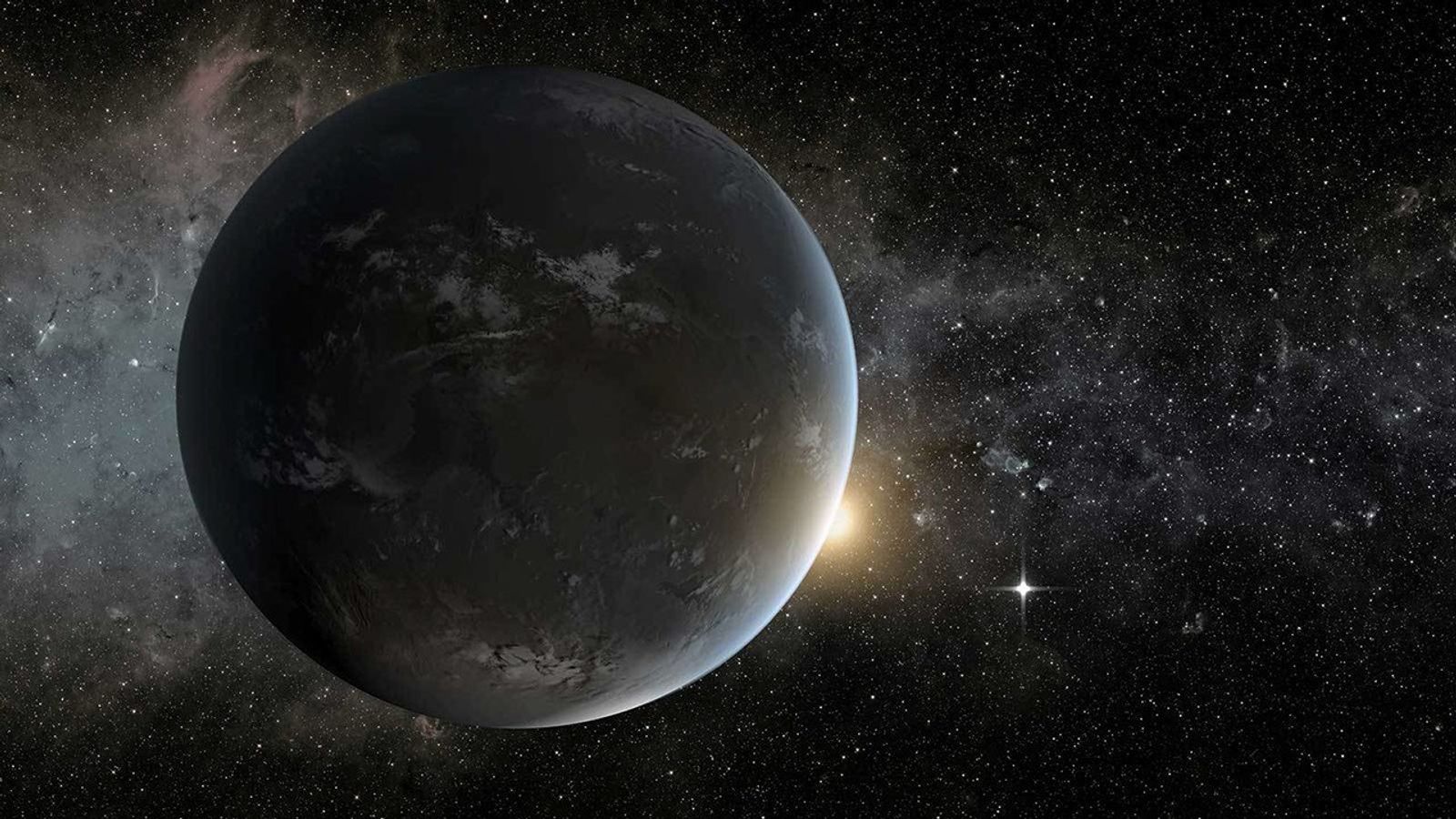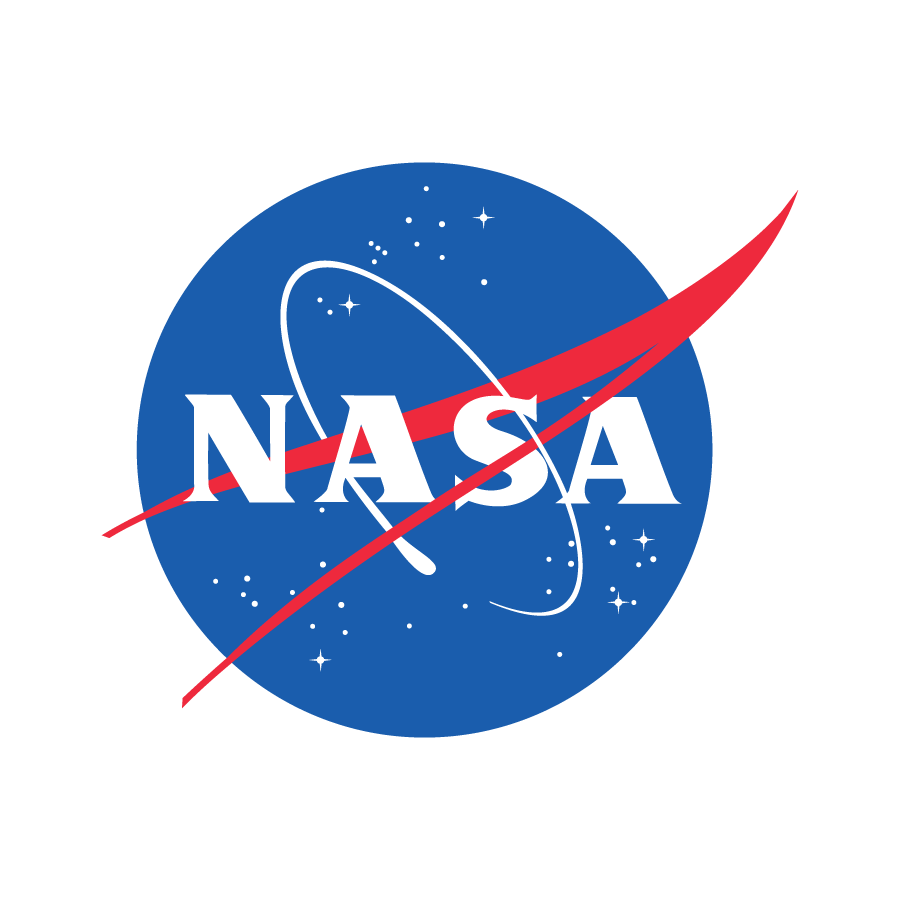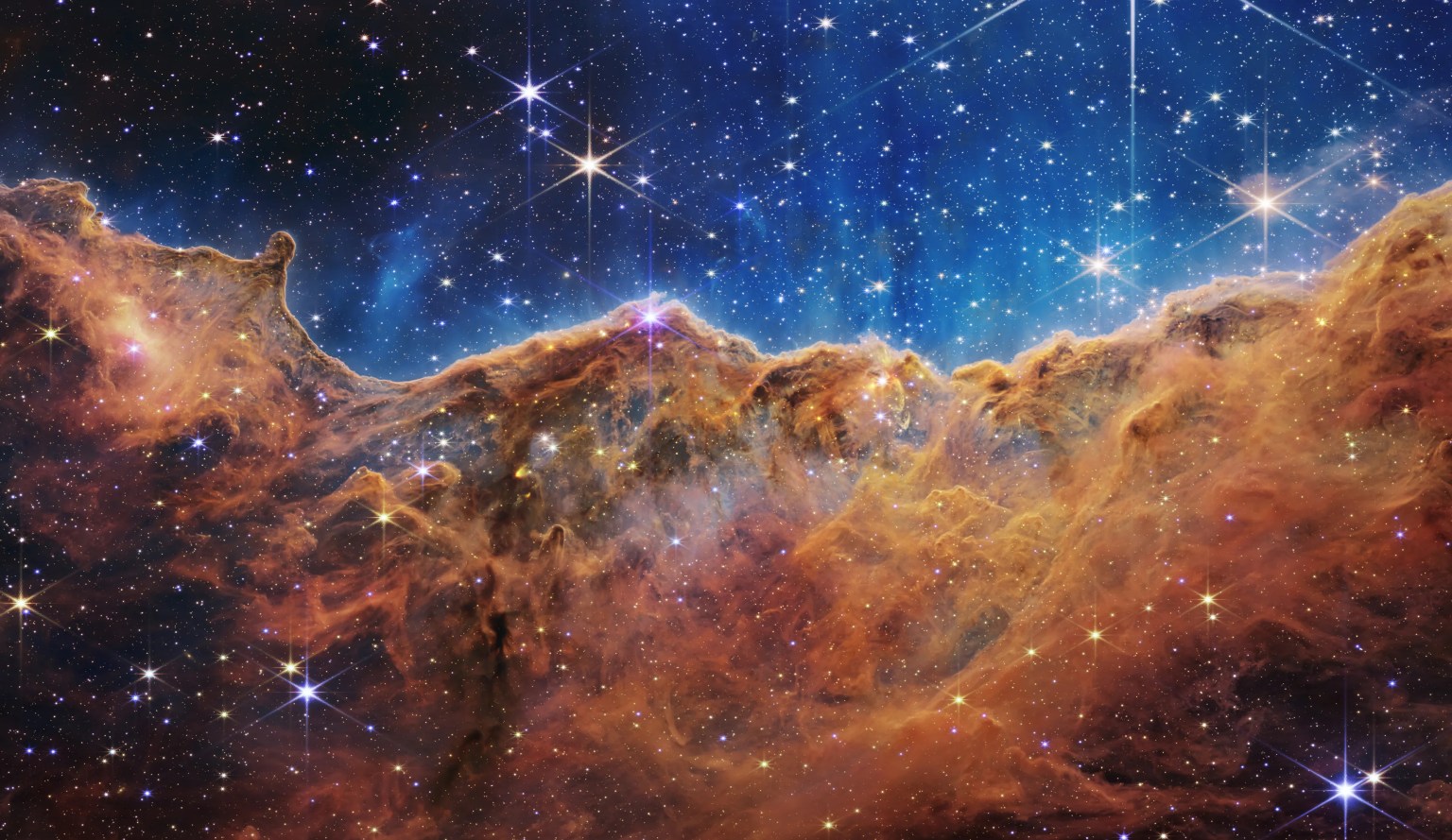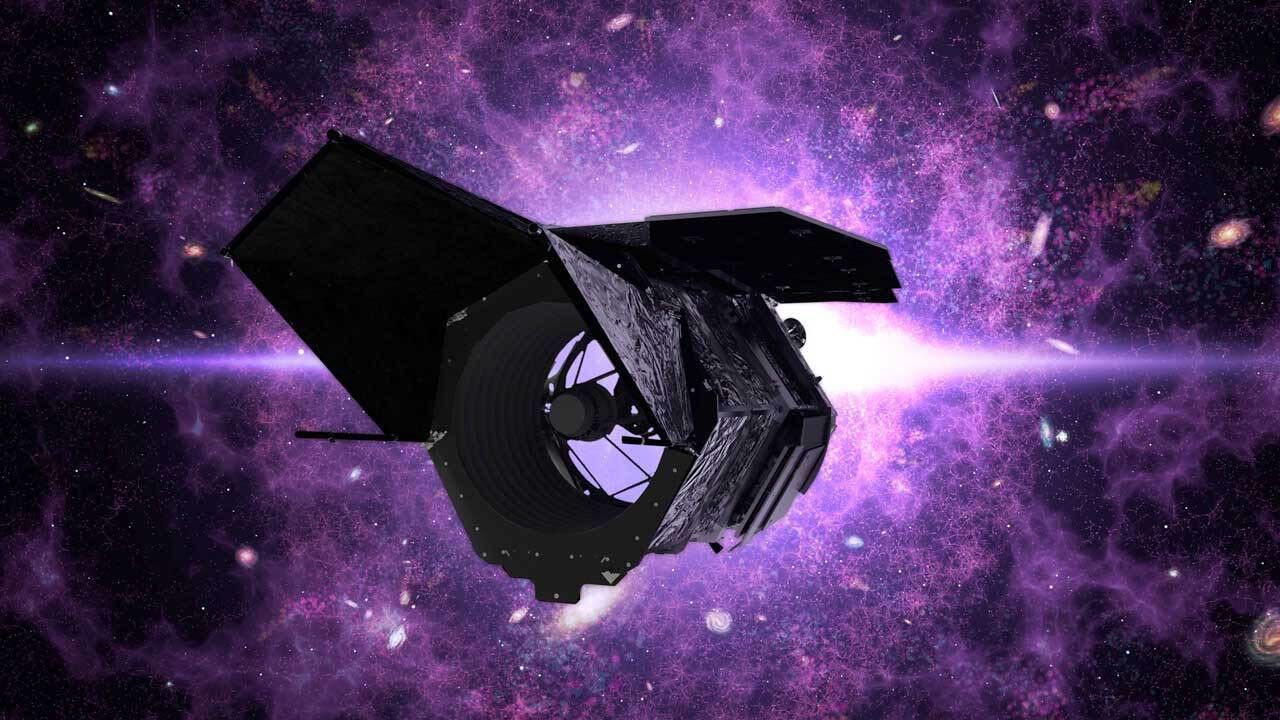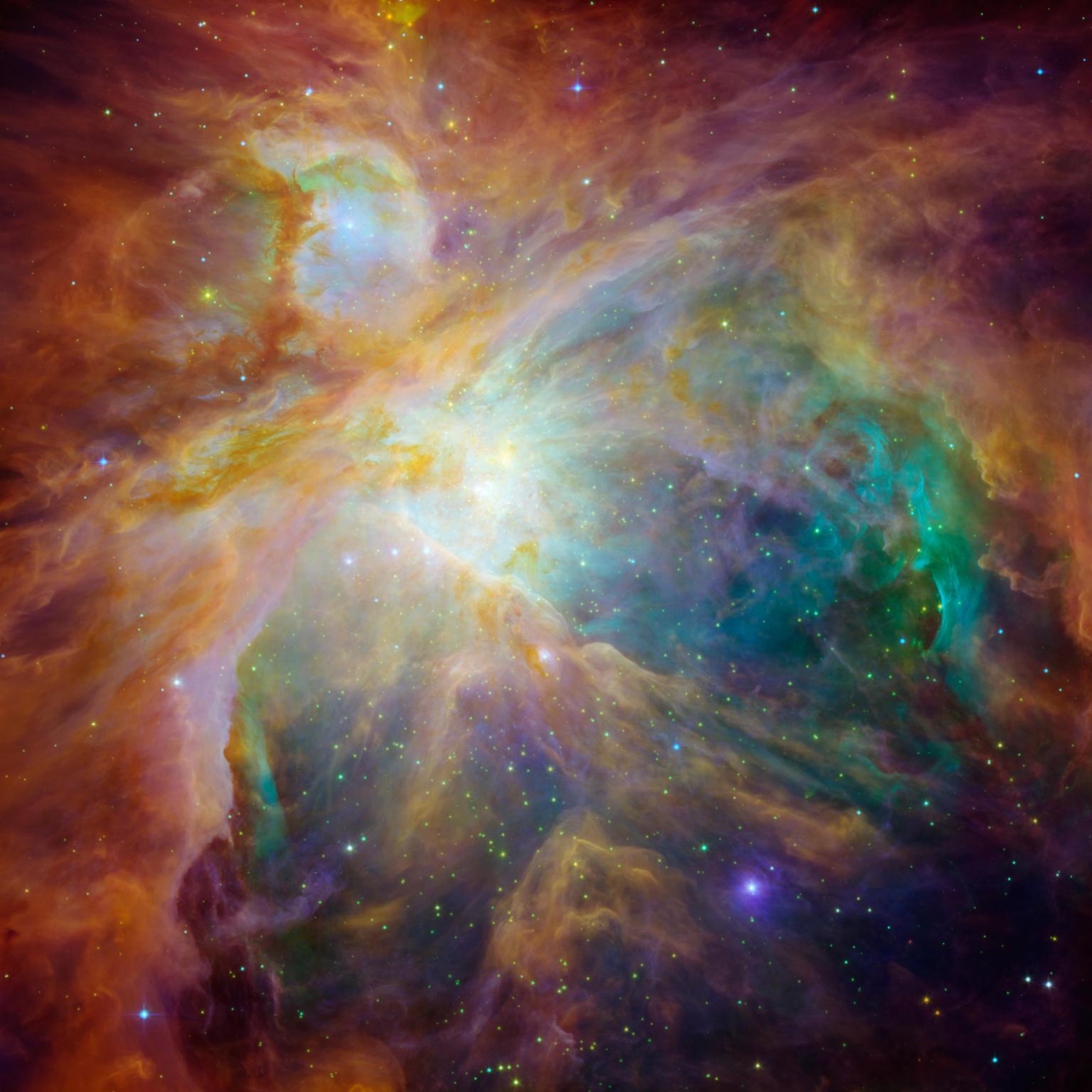
HWO News
Contact information for press inquiries and recent news about the mission.
-
Join the Mailing List
To subscribe to the HWO News mailing list, send an email hwo-news-join@lists.nasa.gov.
You do not have to put anything in the subject line or the body, and will receive an email requiring you to confirm your email address. Follow the instructions in the email to confirm.
To unsubscribe, send an email to hwo-news-leave@lists.nasa.gov.
Featured News
-
For any inquiries regarding the Habitable Worlds Observatory, please contact:
Alise Fisher
Public Affairs Specialist | Astrophysics
Office of Communications | NASA Headquarters
Phone: 202-358-2546
Email: alise.m.fisher@nasa.gov